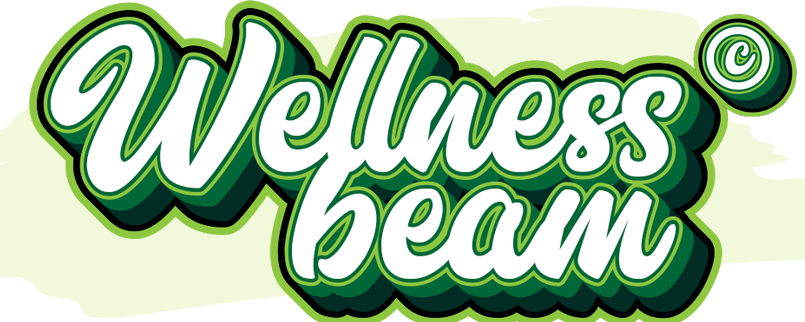The Cerebellum: A Complete Guide to Its Parts, Functions, and Anatomy
The cerebellum may be small, but its impact on your daily life is enormous. Often called the “little brain,” this vital structure coordinates your movements, maintains balance, and even plays a role in cognitive processes like learning and attention. Understanding the cerebellum is crucial for anyone interested in neuroscience, health, or the intricate workings of the human body.
What is the Cerebellum?
The cerebellum is a major structure located at the back of the brain, beneath the cerebrum and behind the brainstem. Despite accounting for only about 10% of the brain’s volume, it contains over 50% of the brain’s neurons, highlighting its complexity and importance.
Key Points:
- Responsible for coordination of voluntary movements
- Maintains posture and balance
- Plays a role in motor learning and fine-tuning movements

Anatomy of the Cerebellum
Understanding the cerebellum starts with its structure. The main components include:
1. Cerebellar Hemispheres
- Left and right hemispheres
- Each hemisphere coordinates movements on the same side of the body
2. Vermis
- Central region connecting the hemispheres
- Controls posture and locomotion
3. Flocculonodular Lobe
- Regulates balance and eye movements
- Works closely with the vestibular system
4. Cerebellar Cortex Layers
| Layer | Function |
|---|---|
| Molecular Layer | Contains inhibitory interneurons |
| Purkinje Layer | Main output neurons of the cerebellar cortex |
| Granular Layer | Receives input from mossy fibers |
5. Deep Cerebellar Nuclei
- Dentate: planning and initiating movements
- Emboliform & Globose: fine-tuning limb movements
- Fastigial: posture and balance

Functions of the Cerebellum
The cerebellum is essential not only for physical coordination but also for cognitive and sensory processing.
1. Motor Functions
- Fine motor control and precision
- Coordination of voluntary movements
- Regulation of posture and gait
2. Cognitive and Non-Motor Functions
- Learning and memory enhancement
- Attention and problem-solving
- Language processing
3. Balance and Vestibular Function
- Maintains equilibrium
- Adjusts movements based on sensory feedback
Key Data: Damage to the cerebellum can lead to ataxia, which affects walking, coordination, and speech.
How the Cerebellum Communicates with the Body
The cerebellum interacts with the body through a complex network of neural pathways:
- Input (Afferent) Signals: Sensory data from the spinal cord, vestibular system, and cerebral cortex
- Output (Efferent) Signals: Feedback to the motor cortex via deep cerebellar nuclei
Simplified Explanation: The cerebellum constantly compares intended movements with actual movements and sends corrections to ensure smooth, precise actions.
Common Cerebellar Disorders
Disruptions to cerebellar function can have serious consequences. Some common disorders include:
1. Ataxia
- Loss of coordination and balance
- Symptoms: unsteady gait, difficulty with fine motor tasks
2. Cerebellar Stroke
- Sudden motor deficits
- Can affect speech, coordination, and eye movements
3. Tumors and Degenerative Diseases
- Can lead to progressive motor impairment
- Often treated with surgery, therapy, or medication
Key Data: Ataxia affects approximately 8 per 100,000 people worldwide (source: NIH).

Interesting Facts About the Cerebellum
- Contains over half of the neurons in the brain despite its small size
- Plays roles beyond movement, including cognition and emotion regulation
- Capable of neuroplasticity, adapting after injury or learning new motor skills

Conclusion
The cerebellum is a powerhouse of coordination, balance, and cognitive function. Understanding its anatomy and roles can help us appreciate how our brains maintain smooth movement, posture, and even learning. Whether you are a student, healthcare professional, or simply a curious reader, knowledge of the cerebellum offers insight into the remarkable complexity of the human body.
Was this cerebellum guide helpful? If you’re intrigued by how your brain controls balance and coordination, dive into our detailed articles on the brainstem and telencephalon to discover more about the brain’s critical functions.

